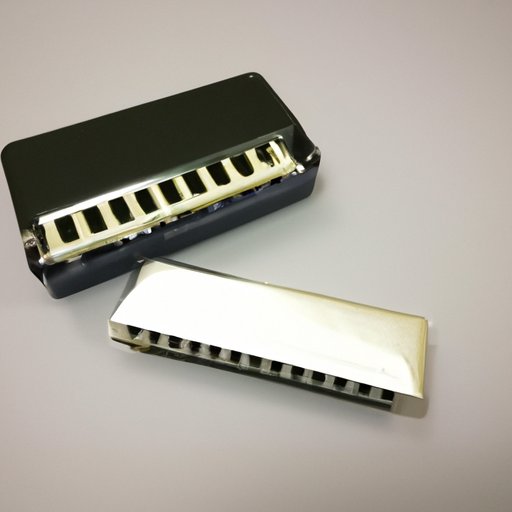Introduction
If you’re interested in learning how to play an instrument, the harmonica is a great choice! Its small size and portability make it perfect for playing on the go, and it’s versatile enough to be used in a wide range of musical genres. This article is aimed mostly at beginners who want to learn the basics of playing the harmonica. We’ll cover everything from choosing the right instrument to advanced techniques and genre-specific playing tips.
History and Context
The harmonica has a long and rich history dating back to the early 19th century, when it was first developed in Europe. Initially, it was primarily used in folk music. Today, it’s used in a variety of musical genres, including blues, rock, and country. One of the most famous harmonica players of all time is blues legend Little Walter, who helped popularize the instrument in the mid-twentieth century.
Choosing the Right Instrument
Before you start playing the harmonica, you need to choose the right instrument for your needs. There are several different types of harmonicas to choose from, including diatonic, chromatic, and tremolo. Diatonic harmonicas are the most common and are typically used in blues, folk, and rock music. Chromatic harmonicas are more versatile and can play any note, making them ideal for jazz and classical music. Tremolo harmonicas produce a tremolo effect that’s great for creating atmospheric sounds.
When selecting your harmonica, consider your playing style, the genre of music you want to play, and your budget. You can expect to spend anywhere from $10 to $200 on a harmonica, depending on the brand and type.
Basic Techniques
Once you have your harmonica, it’s time to start playing! The first step is to learn the basic techniques, including how to play single notes, blues notes, and bend notes. The single note technique involves playing one note at a time, while the blues note adds a bluesy feel to your playing. Bending notes allows you to adjust the pitch of the note and is an essential technique for playing in certain genres like blues and rock.
Practice Tips
As with any instrument, regular practice is key to improving your skills. Set goals for yourself, such as learning a new song or improving your breath control, and practice for at least 15-30 minutes a day. You can also use recordings as a practice aid, playing along with the songs to develop your rhythm and timing. Additionally, focus on developing good breath control, as this is essential for producing clean and clear notes.
Maintenance and Care
To keep your harmonica in good condition, it’s important to clean and store it properly. Cleaning your harmonica after each use helps prevent buildup of dirt and debris. You can use a soft cloth or a toothbrush to clean the outside of the harmonica and a Q-tip to clean the reed plates. Store your harmonica in a protective case to prevent damage and use a tuning tool to keep it in tune. Reed plates should be replaced every 6 months to a year, depending on usage.
Advanced Techniques
Once you’ve mastered the basic techniques, you can move on to more advanced techniques such as vibrato, tongue-blocking, and trills. Vibrato involves fluctuating the pitch of a note, tongue-blocking allows you to play chords and produce unique sounds, and trills involve rapidly switching between two notes. These techniques add depth and complexity to your playing and allow you to create a wider range of sounds.
Playing in Different Musical Genres
Finally, once you’ve developed your skills and are comfortable playing the harmonica, you can start exploring its use in different musical genres. Blues, folk, and rock are some of the most common genres for harmonica playing, each with its own unique style and techniques. For example, in blues, you’ll want to focus on playing bends and adding a bluesy feel to your playing. In folk, you’ll want to use the harmonica to accompany your singing and create a mellow, atmospheric sound.
Conclusion
Learning to play the harmonica is a challenging but rewarding experience. By following these tips and techniques and practicing regularly, you’ll be able to develop your skills and create your own unique style of playing.
